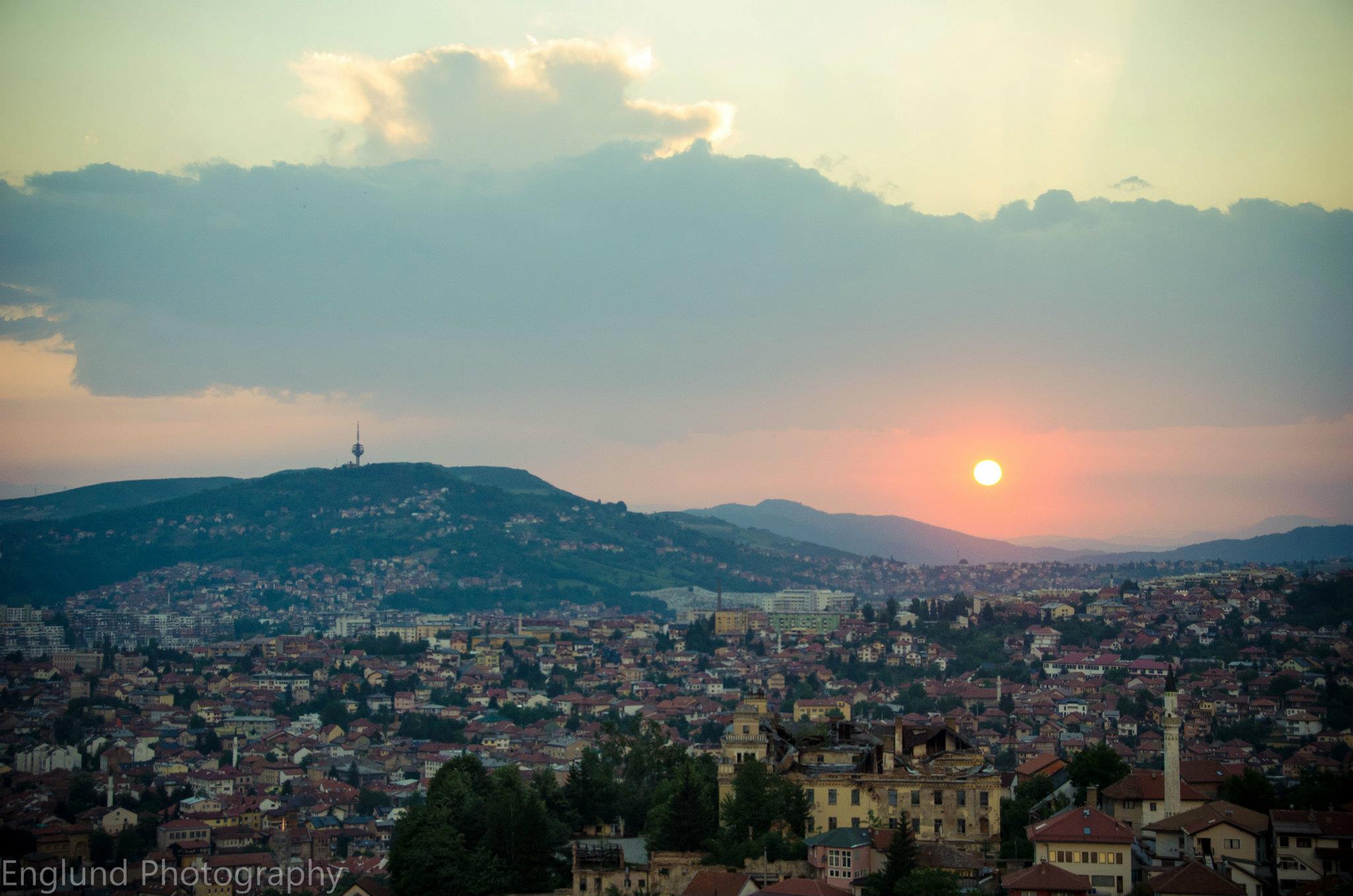SUMMARY
The four-year siege of Sarajevo decimated the city. Some 11,000 civilians were killed, 60 per cent of buildings were damaged or destroyed, and 80 per cent of utilities were disabled. When the war ended in 1995, a “triple transition” occurred throughout Bosnia-Herzegovina (BiH): the simultaneous movements from war to peace, communism to democracy, and market socialism to a free-market economy. International attempts at physically rebuilding Sarajevo met with some success: the visible scars from the war are largely gone and violence no longer plagues the city. But reconstruction is incomplete and legacies of the war hang over the city.
Polls in BiH reveal a deep disgust with politics and institutions, and there are serious issues with unemployment, inequality, and social reconciliation. Nearly 90 per cent of the country believes it is headed in the wrong direction. The residents of Canton Sarajevo do not feel represented by institutions by a margin of 3 to 1, and a vast majority support political change. The triple transition has been fraught with difficulties. Ethnic divisions are wider than ever. While 88 per cent of the population support better interethnic relations, very little tangible has been achieved in the way of reconciliation. The economy is dominated by criminality and corruption, not by accountable open markets.
These problems stem from the narrow approach taken to reconstructing Sarajevo. By viewing the city largely in physical terms, international and national groups failed to restore institutions, curb corrupt practices, and counter nationalist political movements that benefited from the complex political structures created by the 1995 Dayton Accords. While each city and post-conflict situation is unique, assessing failures encountered while rebuilding Sarajevo offer five over arching lessons for future reconstruction.
- Reconstruction efforts must be planned strategically to include the many sectors and actors involved in the process. In Sarajevo, the lack of coordination between donors, local government, and residents of the city undermined successful rebuilding.
- Local institutional capacity must be strengthened before reconstruction begins. Many failures in Sarajevo could have been avoided by having the necessary urban planning, administrative, and governance structures organized during the earliest years.
- Oversight and anti-corruption measures must be implemented from the start. Recipients and donors must create solid control systems, be willing to hold local leaders accountable, and have trip-wires that trigger the withholding of salaries or aid for large-scale corruption issues.
- Urban reconstruction must be accompanied by economic growth. Sustaining returnees depends upon accessible jobs and economic growth. Policies should streamline business legislation and make starting an enterprise as easy as possible.
- Reconstruction must be recognized as an ecosystem. Functional reconstruction of merely physical aspects is insufficient to recreate a vibrant city. Policymakers should seek to also use educational, economic, and cultural initiatives to rekindle urban life.
To download the full report, including a one-page summary, a six-page briefing and main paper, please click one of the following:
Rebuilding Sarajevo (High Quality, 4.6 MB)
Rebuilding Sarajevo (Low Quality, 1.1 MB)
To download the one-page summary and the briefing, please click the following:
Rebuilding Sarajevo (High Quality, 800 MB)
 The Aleppo Project
The Aleppo Project